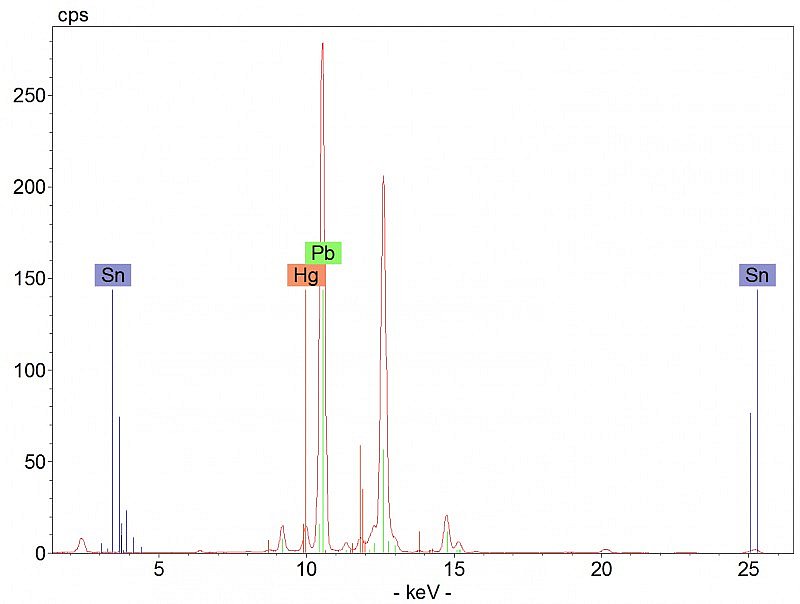Temporal from Easter Sunday to the Twenty-Fourth Sunday after Pentecost
Texts and Images







Historiated initials and border with Angelo Acciaiuoli’s portrait and arms (Mass for Pentecost Sunday)
The S introduces the Mass for Pentecost, while the smaller initial D with the dove of the Holy Spirit opens the collect (short prayer) recited on Pentecost Sunday. The presence of two historiated initials, and of the patron’s portrait and arms, signal the importance of the feast.
The initial S shows the Virgin and the twelve apostles receiving the Holy Spirit in an interior above and, below, the peoples of the nations of the world, to whom the apostles will soon begin to preach in tongues, gathered outside. This unusual and busy rendition of Pentecost is a faithful replica of an image painted by Don Silvestro dei Gherarducci in a manuscript produced at Santa Maria degli Angeli a decade earlier. Less crowded versions of the same composition were reused later by Lorenzo Monaco and Bartolomeo di Fruosino.
This page is representative of Hand B’s work. The Cardinal’s portrait (hotspot 1) exemplifies the monumental figures and robust facial types characteristic of this artist, as do the figures of the prophets depicted in the upper border (hotspot 2).